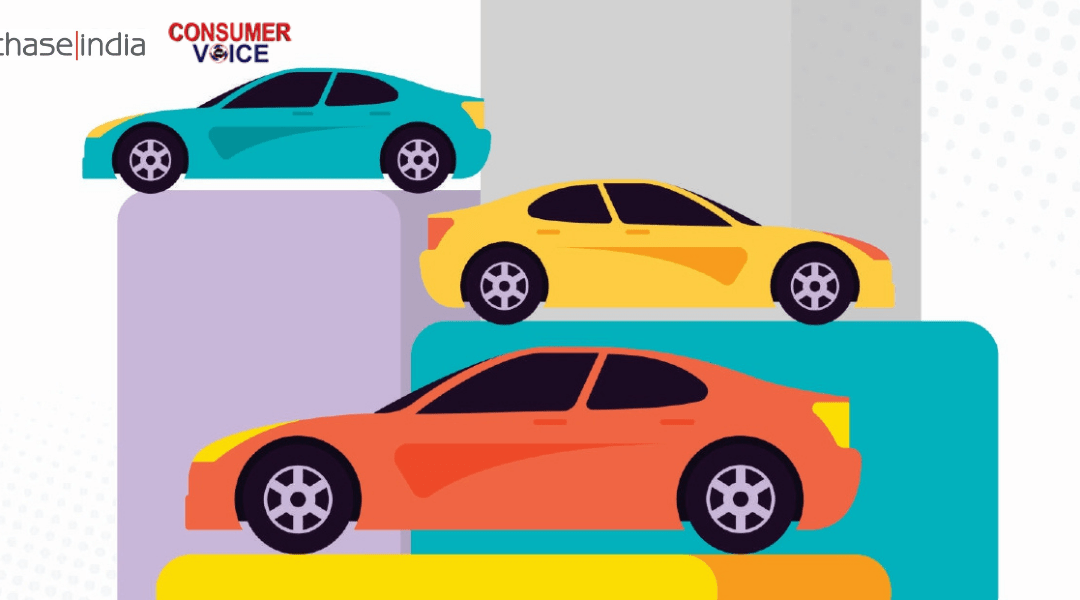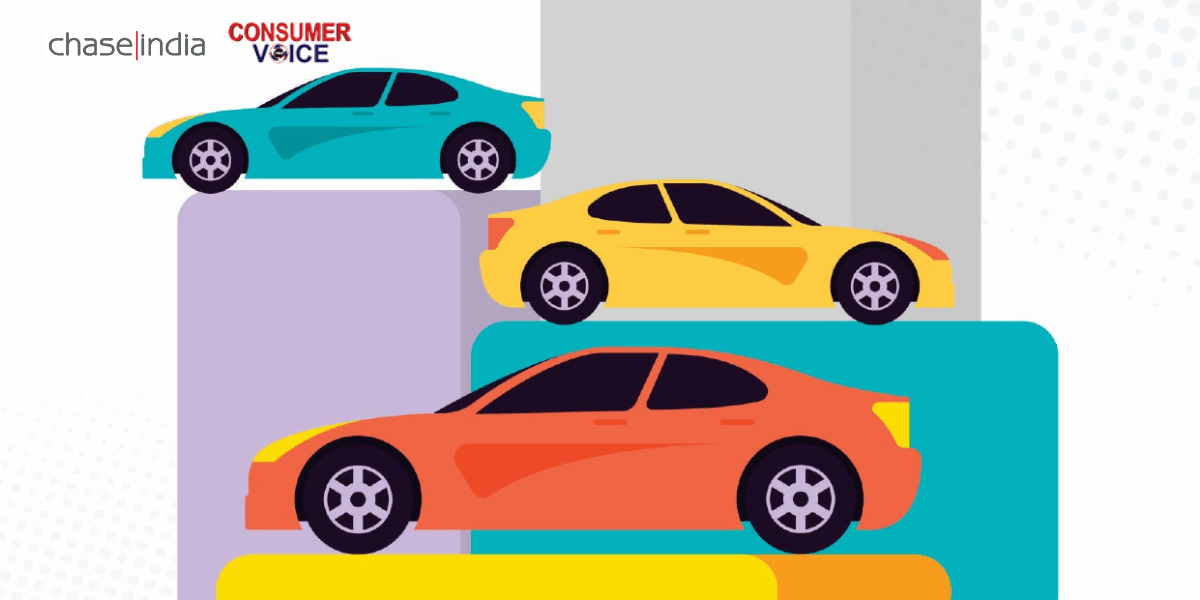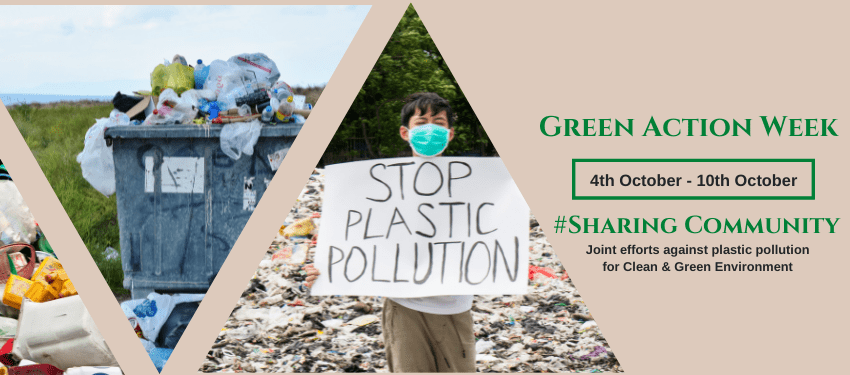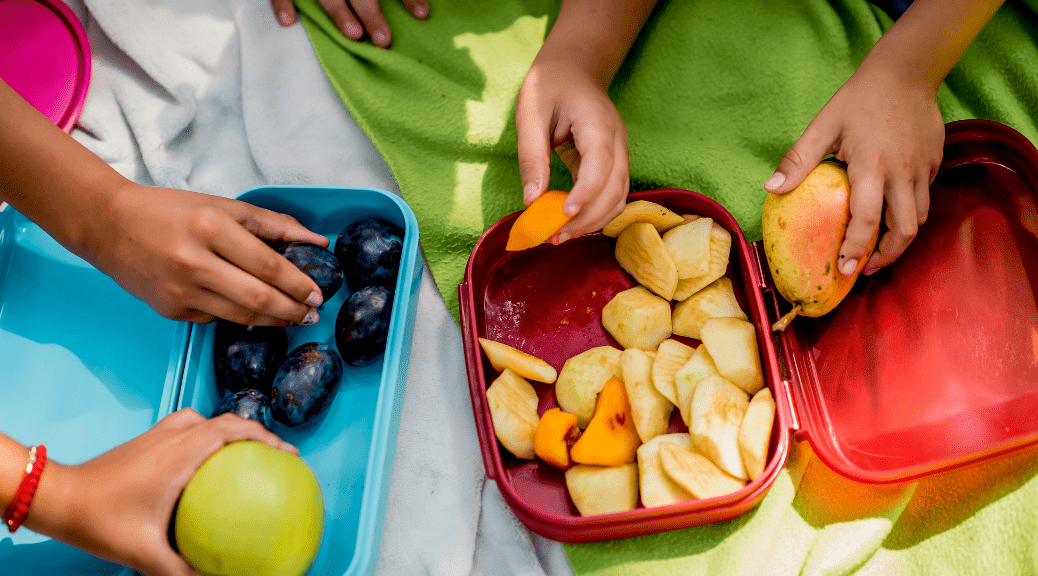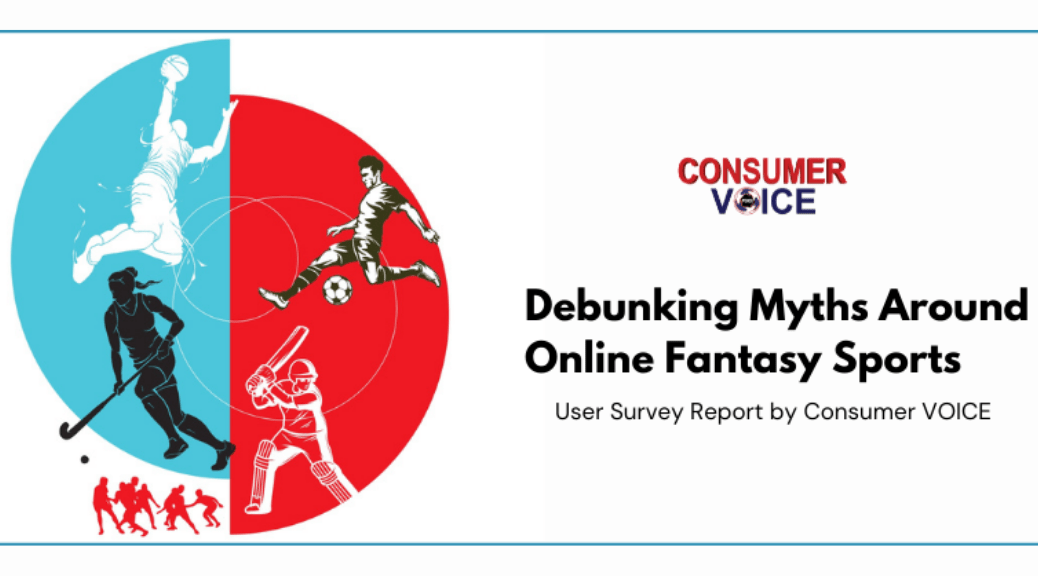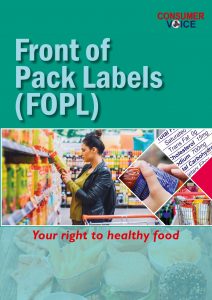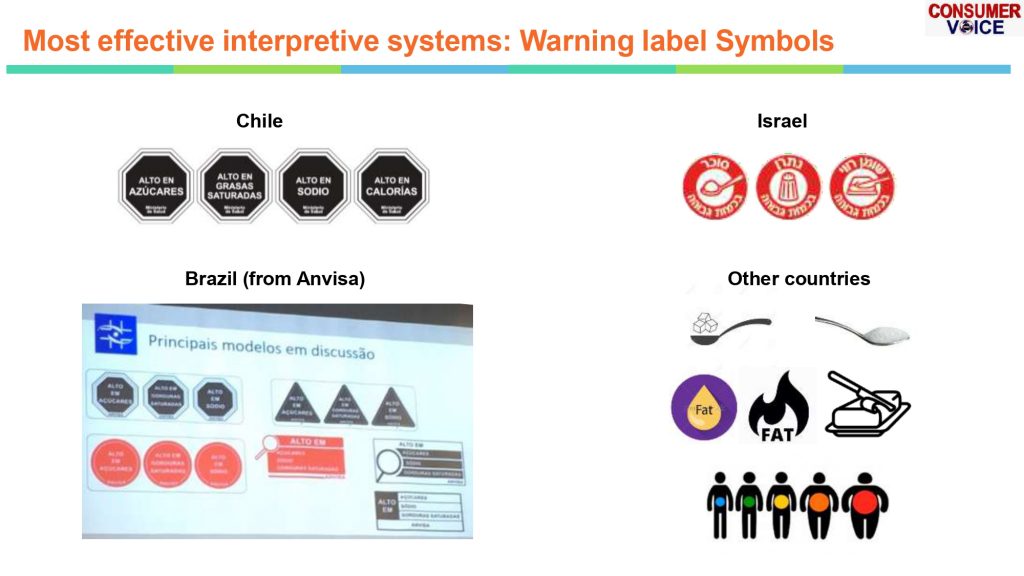 Watch Video ...
Watch Video ...
Youth on Front of Pack Warning Label
Shanvi Yadav, a student of Dr B R Ambedkar University, talks about the harmful effects of ultra-processed foods and the need for a simple front of pack warning label to help the youth make healthy food choices.
 Watch Video ...
Watch Video ...
Youth on Front of Pack Labels | Harmful effects of HFSS foods
Sumit Bhai Sorathia thanks Consumer VOICE for generating awareness on Front of Pack Labels and helping the youth in making an informed choice.
 Watch Video ...
Watch Video ...
Importance of Front of Pack Warning Lables | HFSS foods
Chhatbar Mayurben from Rajkot, Gujarat talks about the importance of Front of Pack Warning Lables and how it will help the youth to choose healthy foods and avoid foods rich in fats, salt and sugar.
 Watch Video ...
Watch Video ...
Youth on Front of Pack Labels | HFSS foods
Machoya Varshaben, a student in Rajkot, Gujarat shares her learning experience of FOPL and how she will now be empowered to make a healthy choice when buying packaged products.
 Watch Video ...
Watch Video ...
Dr. Tejender Kaur Sarna talks about obesity and Warning Lables | World Obesity Day 2023
On the occasion of World Obesity Day, Dr. Tejender Kaur Sarna, Consultant Lifestyle Nutritionist & Meal Planner talks about obesity as a serious problem plaguing India and how it has increased over the years and how one can prevent it through healthy lifestyle and avoiding HFSS foods.
 Watch Video ...
Watch Video ...
Dr Sanchika Gupta talks about obesity and Warning Lables | World Obesity Day 2023
On the occasion of World Obesity Day, Dr Sanchika Gupta, Specialist - Public Health Management talks about obesity as a serious problem plaguing India and how it has increased over the years and how one can prevent it through healthy eating habits and avoiding HFSS foods.
 Watch Video ...
Watch Video ...
Sheryl Salis talks about obesity and Warning Lables | World Obesity Day 2023
On the occasion of World Obesity Day, Sheryl Salis, Founder of Nurture Health Solutions and certified Diabetes Educator talks about obesity as a serious problem plaguing India especially the youth and children and how one can prevent it through healthy eating and avoiding HFSS foods.
 Watch Video ...
Watch Video ...
Dr Pallavi Aga talks about obesity and Warning Lables | World Obesity Day 2023
On the occasion of World Obesity Day, Dr Pallavi Aga, Lifestyle consultant talks about obesity as a serious problem and how it can be prevented by having front of pack warning labels on food packets and following a healthy lifestyle in general.
 Watch Video ...
Watch Video ...
Dr Nancy Sahni, talks about obesity and Warning Lables | World Obesity Day 2023
On the occasion of World Obesity Day, Dr Nancy Sahni Chief Dietician (Department of dietetics) PGIMER, Chandigarh talks about obesity as a serious problem among India;s children and youth and how it can be prevented by having front of pack warning labels on food packets.
 Watch Video ...
Watch Video ...
Kavita Devgan talks about obesity and Warning Lables | World Obesity Day 2023
On the occasion of World Obesity Day, Kavita Devgan, Dietician and Author talks about how obesity is rising among children and how it can be prevented by having front of pack warning labels on food packets.
 Watch Video ...
Watch Video ...
Prof Harshpal Singh on the importance of front of pack labels for controlling of NCDs
Prof Harshpal Singh Sachdev, Senior Consultant, Sitaram Bhartia Institute of Science and Research speaks on the importance of front of pack labels for controlling of NCDs
 Watch Video ...
Watch Video ...
Prof Umesh Kapil on the importance of front of pack labels for controlling of NCDs
Dr Umesh Kapil, President, Epidemiology Foundation of India speaks on the importance of front of pack labels for controlling of NCDs
 Watch Video ...
Watch Video ...
Rajya Sabha MP on the importance of Front of Pack Labels
DR. Vikas Mahatme, Rajya Sabha MP speaks on the importance of front of pack labels for controlling of NCDs
 Watch Video ...
Watch Video ...
Rajya Sabha MP on the importance of Front of Pack Labels
Shri P Bhattacharya, Rajya Sabha MP speaks on the importance of front of pack labels for controlling of NCDs
 Watch Video ...
Watch Video ...
Vandana Shah on UNC AIIMS report
Ms Vandana Shah, Regional Director, Global Health Advocacy Incubator talks about the AIIMS -UNC report co-authored by Padma Shri Awardee Dr Panvav which revealed that 32% of Indian foods are within the scientific thresholds recommended by WHO regional standards.
 Watch Video ...
Watch Video ...
Ashim Sanyal on UNC AIIMS report
Shri Ashim Sanyal, COO, Consumer VOICE talks about the AIIMS -UNC report co-authored by Padma Shri Awardee Dr Panvav and released by Consumer VOICE which revealed that 32% of Indian foods are within the scientific thresholds recommended by WHO regional standards.
 Watch Video ...
Watch Video ...
Padma Shri Awardee Dr Chandrankant S. Pandav on UNC AIIMS report
Padma Shri Awardee Dr Chandrankant S. Pandav talks about the AIIMS -UNC report that he co-authored and which revealed that 32% of Indian foods are within the scientific thresholds recommended by WHO regional standards.
 Watch Video ...
Watch Video ...
Front of Pack Labels on Packaged Foods
An interpretive and easy to understand warning labels on packaged foods will help consumers identify unhealthy foods that are rich in salt, sugar and fats and will help them make informed and healthy choices.
 Watch Video ...
Watch Video ...
Food labels can save lives
Did you know food labels can save lives? Warning labels that can help us distinguish between healthy and unhealthy packaged foods can help lower the risks of NCDs like hypertension, diabetes and heart attacks. Avoid foods that are rich in salt, sugar and fats on this World Food Day to lead a healthy life!
 Watch Video ...
Watch Video ...
Dr Chandrakant Pandey on World Food Safety Day
Dr Chandrakant Sambhaji Pandav talks about food safety and how it is interconnected with all other sustainable development goals and SDGS.
 Watch Video ...
Watch Video ...
Dr AnoopMisra on World Food Safety Day
On this World Food Safety Day, Dr Anoop Misra Padma Shree Awardee 2007 talks about the importance of having safe and healthy food to build immunity in times of Covid and also recommends less intake of salt and sugar in the diet.
 Watch Video ...
Watch Video ...
Dr Shekar Salkar on World Food Safety Day
On this World Food Safety Day, Dr Shekhar Salkar talks about the importance of healthy food to prevent oneself from diseases like hypertension and cancer and suggests children to avoid the HFSS diet.
 Watch Video ...
Watch Video ...
Dr Nancy Sahni on India needs to adopt the right FOPL
Watch Dr Nancy Sahni, Senior Dietician, PGIMER, Chandigarh talking about the challenges faced by consumers to understand the current nutrition labels, and how front-of-pack labeling would help them make informed choices for their health.
 Watch Video ...
Watch Video ...
Dr Madhukar Mittal on on India needs to adopt the right FOPL
Dr Madhukar Mittal, Additional Professor, Department of Endocrinology and Metabolism, AIIMS, Jodhpur talks about how back labels are difficult to read and understand and why front of pack labels will help consumers in making informed choices.
 Watch Video ...
Watch Video ...
Dr Madhukar Mittal on consumption of foods rich in Salt, Sugar and Fats
Dr Madhukar Mittal, Additional Professor, Department of Endocrinology and Metabolism, AIIMS, Jodhpur highlights that consumption of foods rich in salt, sugar and fats leads to increased risk of obesity and other non-communicable diseases.
